Everything You Need To Know About Cross-Pollination (And What To Do About It)


Elizabeth is a Permaculture Garden Designer, Sustainability Consultant and Professional Writer, working as an advocate for positive change. She graduated from the University of St. Andrews with an MA in English and Philosophy and obtained a Diploma in Applied Permaculture Design from the Permaculture Association.
Reviewed By COLIN SKELLY

Colin is a Horticulturist and Horticultural Consultant with experience in a range of practical and managerial roles across heritage, commercial and public horticulture. He holds the Royal Horticultural Society’s Master of Horticulture award and has a particular interest in horticultural ecology and naturalistic planting for habitat and climate resilience.
Cross pollination is an interesting topic and understanding it further can help you to develop a successful and sustainable home garden.
In this article, we will introduce you to the topic and help you understand what this term means.
We will talk about what happens when plants cross pollinate and with which crops it is likely to happen.
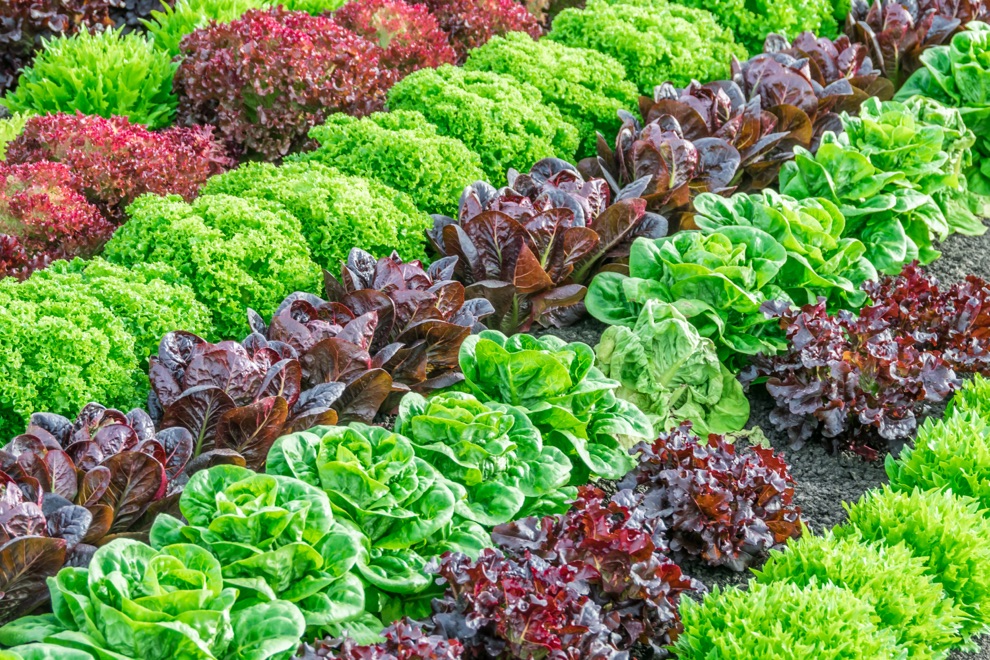
Cross-pollination can be extremely beneficial, but in cases where it isn’t, we will provide you with the solutions for when it may become a problem.
Read on to learn more about cross pollination in the vegetable garden and what it might mean for you, your plants and your garden.
What Is Cross-Pollination?
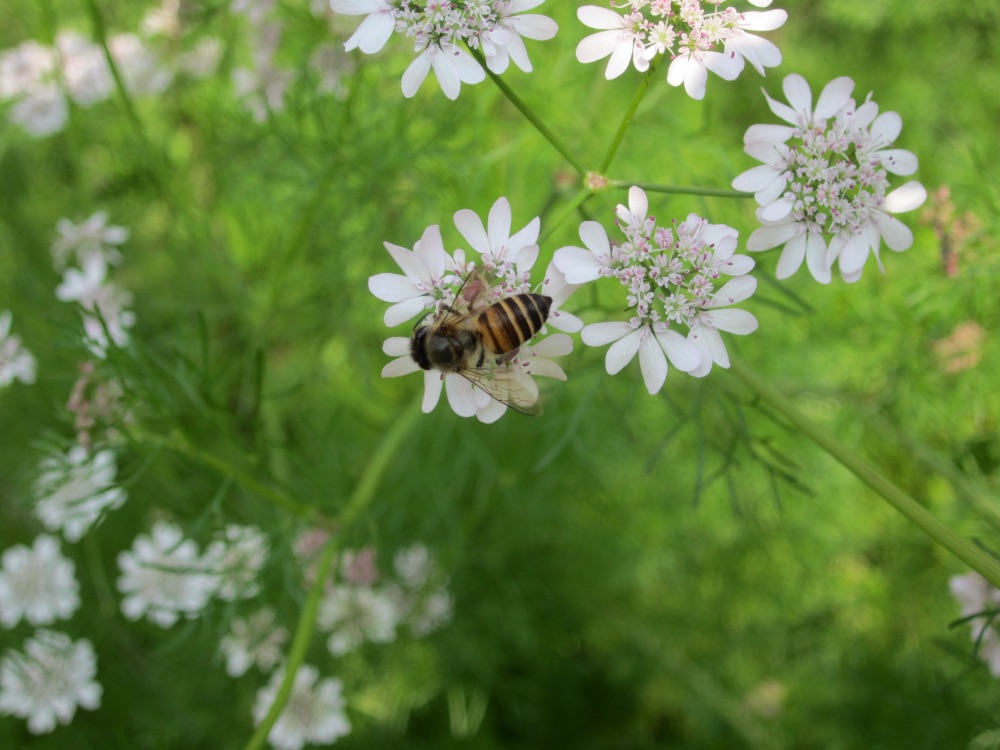
Cross-pollination is the name given to the process where one plant pollinates another plant of a different variety within the same species.1cross pollination. (2023). In Cambridge Dictionary. Retrieved March 14, 2023, from https://dictionary.cambridge.org/dictionary/english/cross-pollination
This happens when, through a range of different mechanisms, the pollen from the anther of a flower on one plant is transferred to the stigma of a flower of another plant.
What Happens When Plants Cross Pollinate?
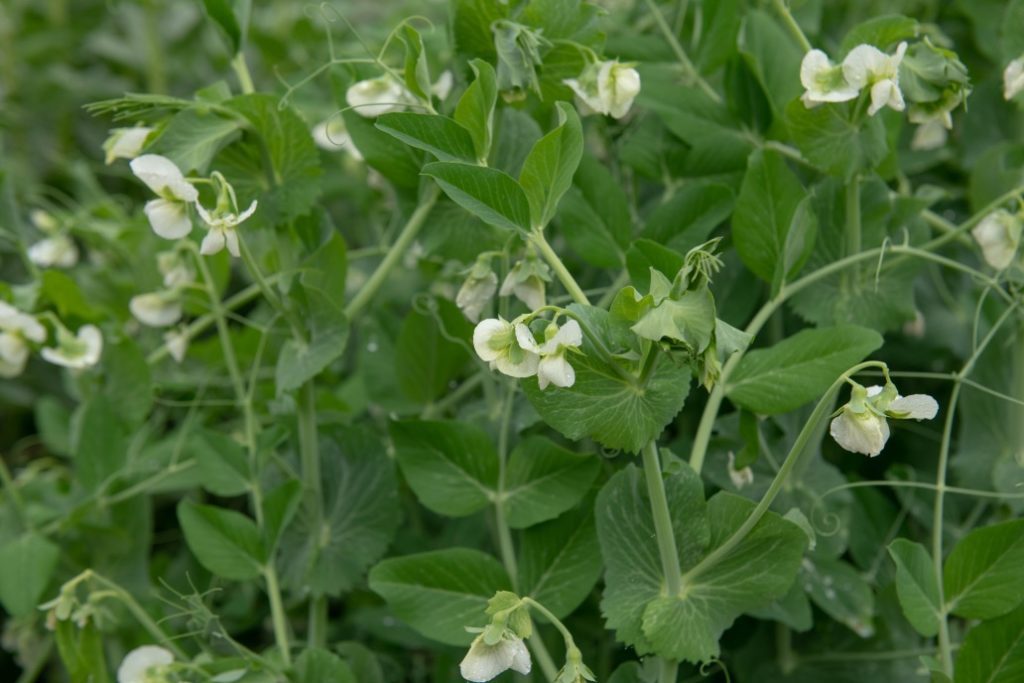
When cross-pollination occurs, usually the result will be seen not in the two plants themselves, but in the offspring which come from the seeds which are produced after the pollination.
When those seeds are sown the following year, the progeny may not always have the same characteristics as either of the parent plants.
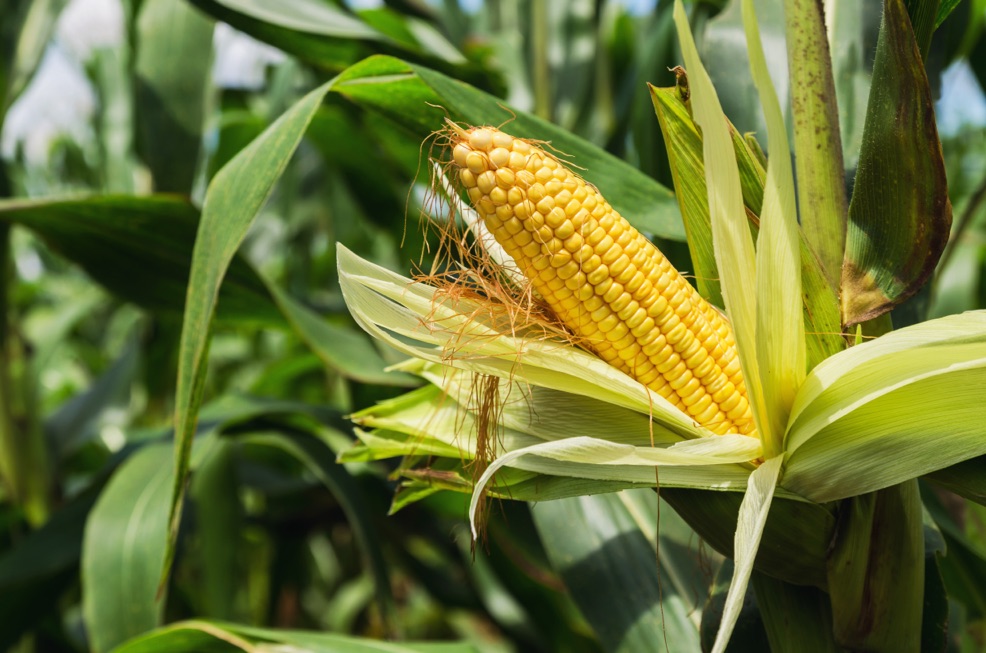
Sweet corn is an exception to this rule and can be affected by cross-pollination in the current year, producing different corn.
Which Crops Cross Pollinate?
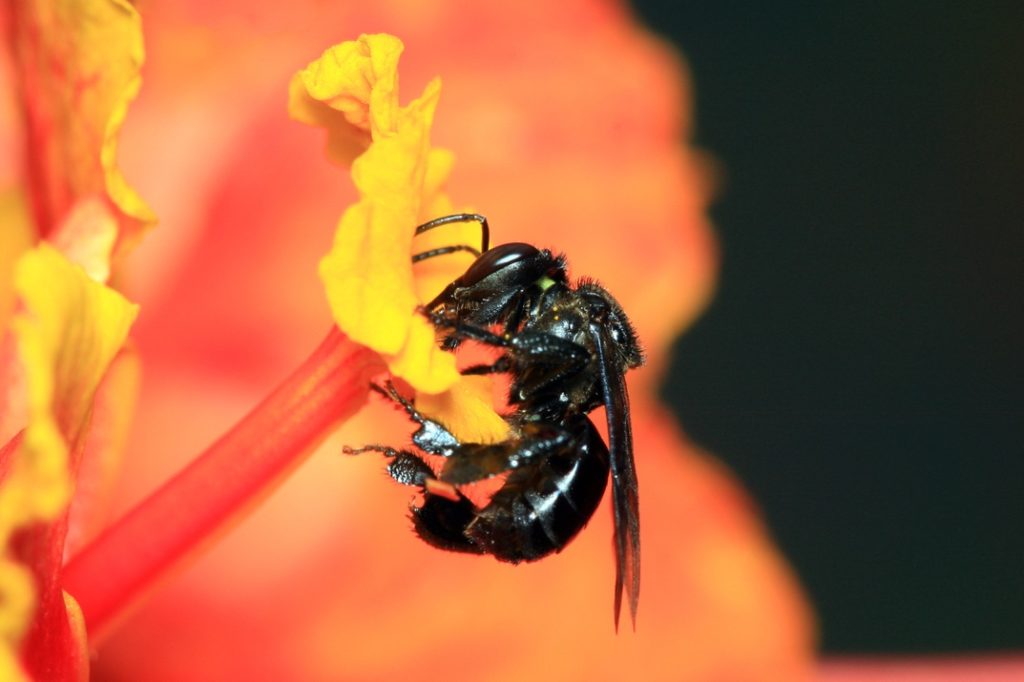
Cross pollination can occur between different plants of the same species, but not between plants of different species.
Understanding which crops are likely to cross-pollinate in your garden involves learning their Latin names, so you know which species they belong in, and also in learning how certain plants are typically cross-pollinated.2How to be a gardener. (n.d.). BBC. Retrieved March 14, 2023, from https://www.bbc.co.uk/gardening/htbg/module2/plant_names2.shtml
Crops found in the UK are typically self-pollinated, insect-pollinated or they are pollinated by wind.3Waddington, E. (2022, July 25). Beginner’s Pollination Process Guide. Polytunnel Gardening. Retrieved March 14, 2023, from https://blog.firsttunnels.co.uk/the-pollination-process/

Some plants, like peas and beans for example, are self-pollinating, which means that they pollinate themselves.
As a result of this, it is rare (though possible) for cross-pollination to occur.
Most tomatoes are also self-pollinating, which means that the tomato seeds saved from heritage tomato plants (not F1 hybrids) will usually come true to type.
In other words, the offspring will be the same as the parent plants.
However, by transferring the pollen manually between different tomato types, gardeners can encourage cross-pollination to occur – and potentially breed new tomato varieties in their garden.
Potato-leaf varieties of tomatoes are slightly more prone to cross-pollination within varieties.
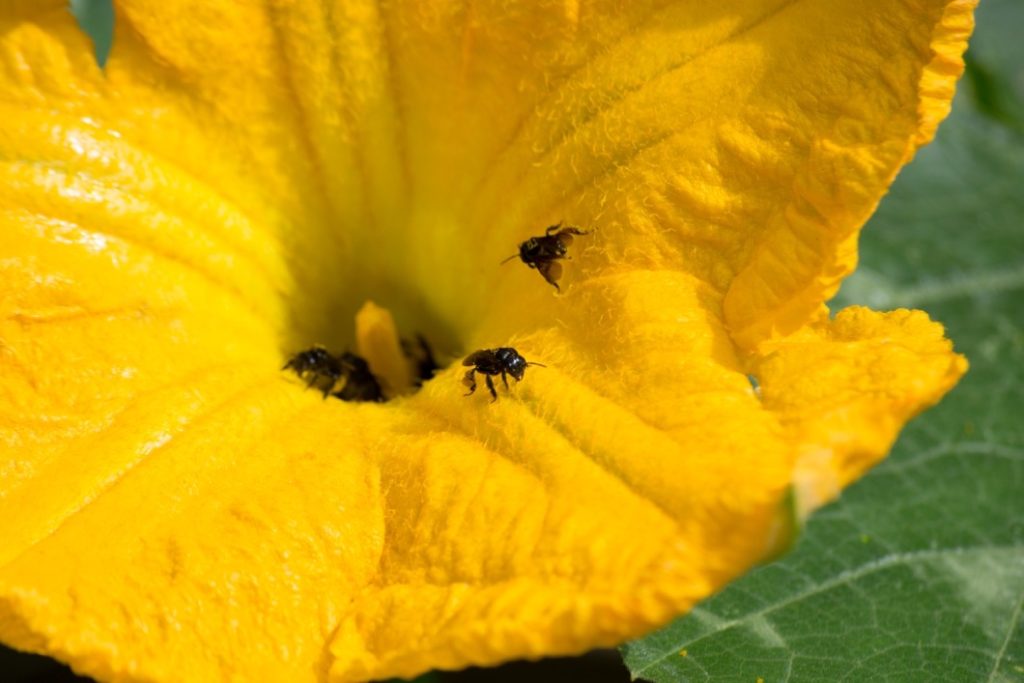
Insect-pollinated plants are cross-pollinated when a bee or other insect visits the flowers of one plant before making their way to another of the same species, transferring pollen between the two.
Plants which are typically insect pollinated include the major group of Brassicas (members of the cabbage family), commonly grown as garden crops.
Brassicas such as broccoli, cauliflower and kale can easily cross-pollinate with one another, creating seeds which generate new hybrids the following year.
Members of the Cucurbita genus are also usually pollinated by insects – these include pumpkins, squashes and courgettes.
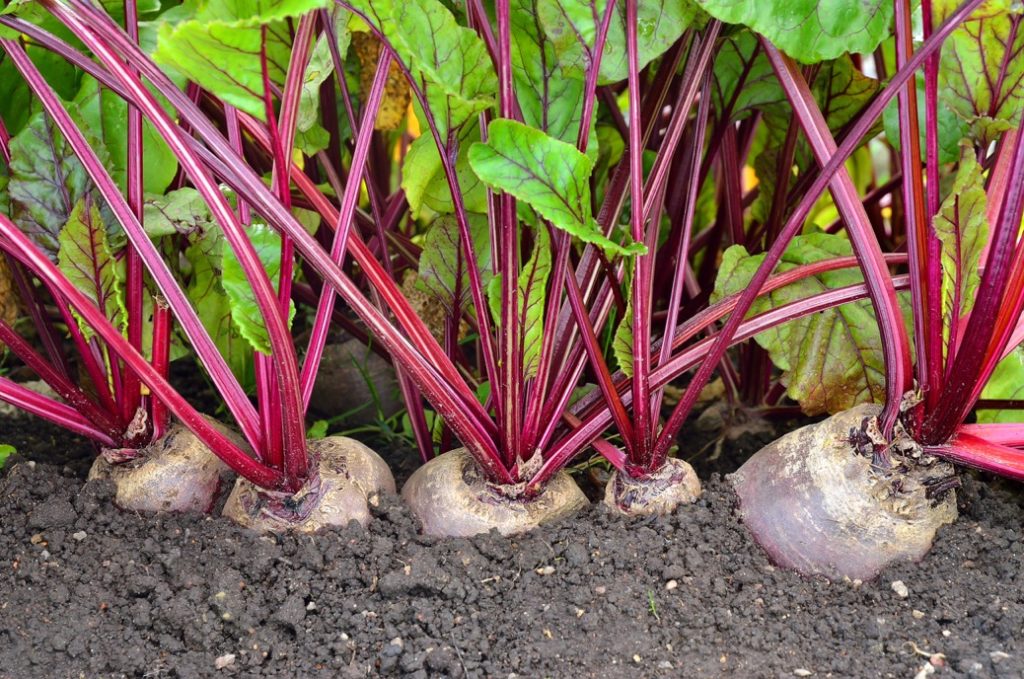
Sweet corn, beetroot, swiss chard and spinach are all examples of plants which are typically wind-pollinated.
Sweet corn can cross with other corns, even those growing some distance away.
Beetroot and swiss chard can cross with each other and other Beta vulgaris plants.
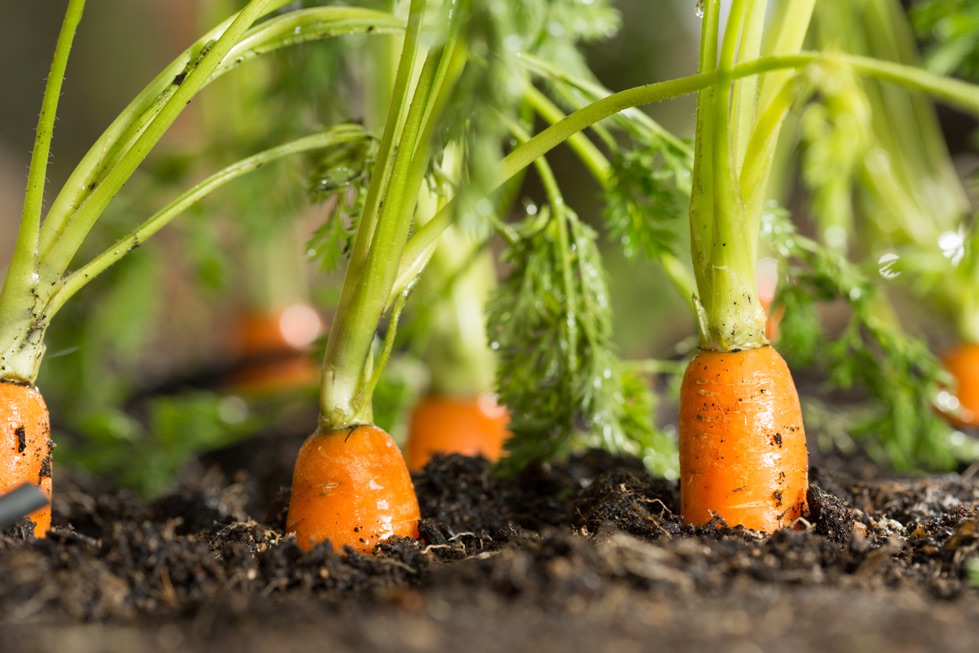
Carrots can cross with wild carrots and any subspecies of Daucus carota, but, contrary to popular option, will not cross with cultivated parsnips.
Bulb and bunching onions can cross, though this is rare, and they will not cross with leeks or chives.
Is Cross Pollination A Problem?
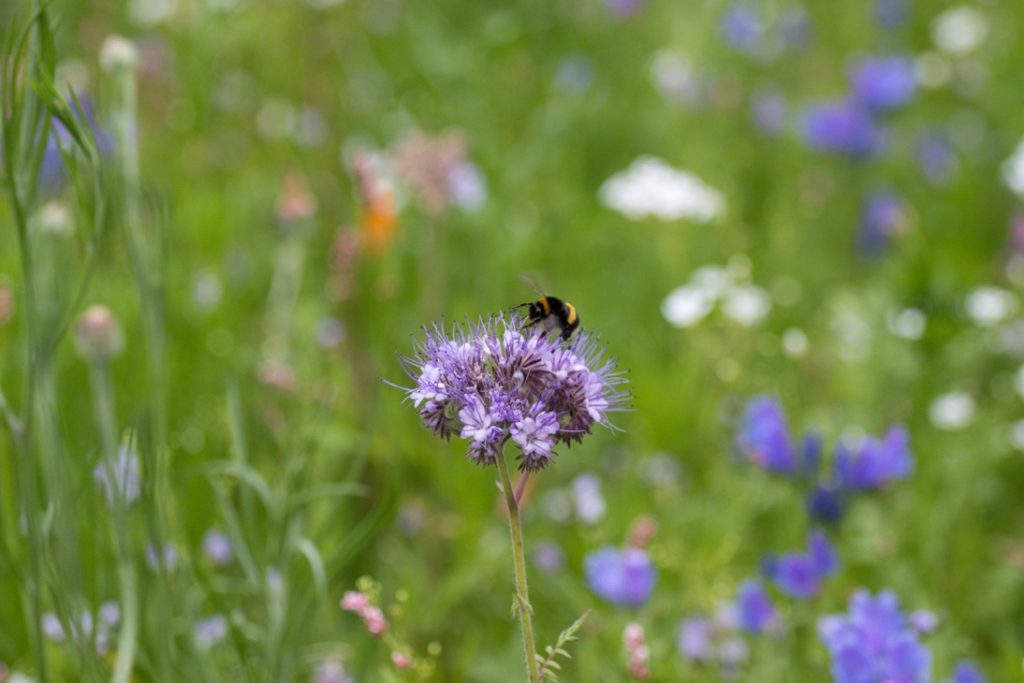
The important thing to understand is that cross-pollination is not something that is always a problem in a vegetable garden.
In fact, there are evolutionary advantages to this mechanism.
Plants often have mechanisms which prevent self-pollination because cross-pollination provides more genetic diversity, with the characteristics of both parents contributing to the offspring produced.4Pollination. (2023, March 3). Encyclopedia Britannica. Retrieved March 14, 2023, from https://www.britannica.com/science/pollination/Mechanisms-that-prevent-self-pollination
Cross-pollination can lead to greater adaptability and plants which are better able to withstand change, meaning they might be more ideally suited to the growing conditions in a particular area.
Beneficial Cross-Pollination

Gardeners and growers can sometimes utilise the mechanisms of cross-pollination in order to create crops with beneficial characteristics.
Over the centuries, cross-pollination has led to many of our most prized horticultural and agricultural crops.
Experimentation in plant breeding can lead to varieties of crops which are ideally suited to growth in a particular area, and you may even be able to breed new and interesting varieties of your own by tailoring cross-pollination and allowing certain cross-pollination to occur.
Problematic Cross-Pollination

Of course, we do not always want cross-pollination to occur.
It is important to note that cross-pollination is not an issue for this year’s plants or this year’s fruit.
It can only ever be an issue if you plan to save seeds from your own plants to sow next year.
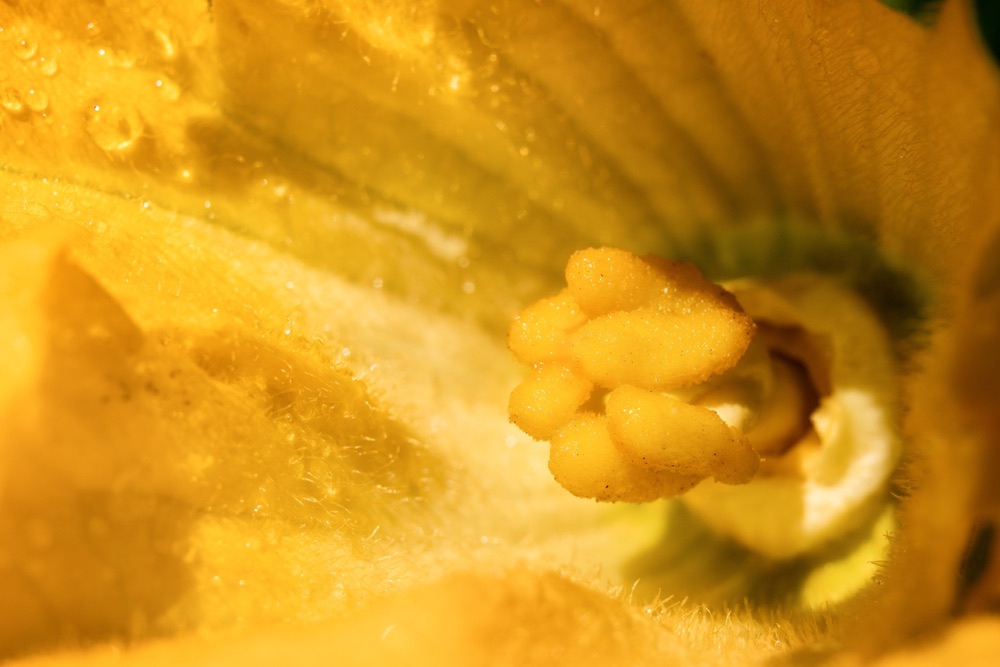
Some people believe, for example, that this year’s squash can turn out not to be true to type, or to be deformed by cross pollination this year, or that growing hot and sweet peppers close to one another will affect the flavours of this year’s fruit.
However, only the seeds from the plants which have been cross-pollinated can be affected in most cases.

However, if you do wish to save seeds which will come true to type then cross-pollination can be an issue.
If you wish to maintain genetic integrity and grow plants of the same varieties from your collected seed next year then you will need to take steps to make sure that cross-pollination does not occur, as Colin Skelly, a Horticultural Consultant, shares:
“Back garden seed savers will need to ensure that they avoid cross-pollination. Garden Organic’s Heritage Seed Library has some great advice on its site.”
Preventing Cross-Pollination
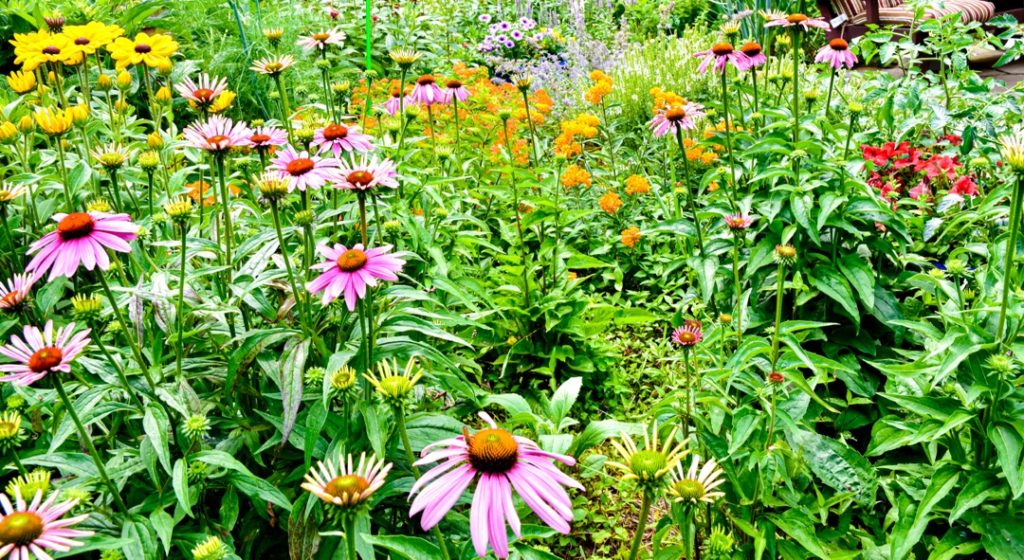
Understanding how to prevent cross-pollination means understanding how the different varieties you are looking at are pollinated.
Self-pollinated plants can usually be planted in close proximity to one another without any risk of cross-pollination.
Insect-pollinated types which cross-pollinate will usually have to be isolated by a reasonable distance.
The distance required depends on how far insect pollinators will tend to travel between flowers of certain types.
This can vary significantly depending on the species in question and the typical pollinators for those plants in a particular area.
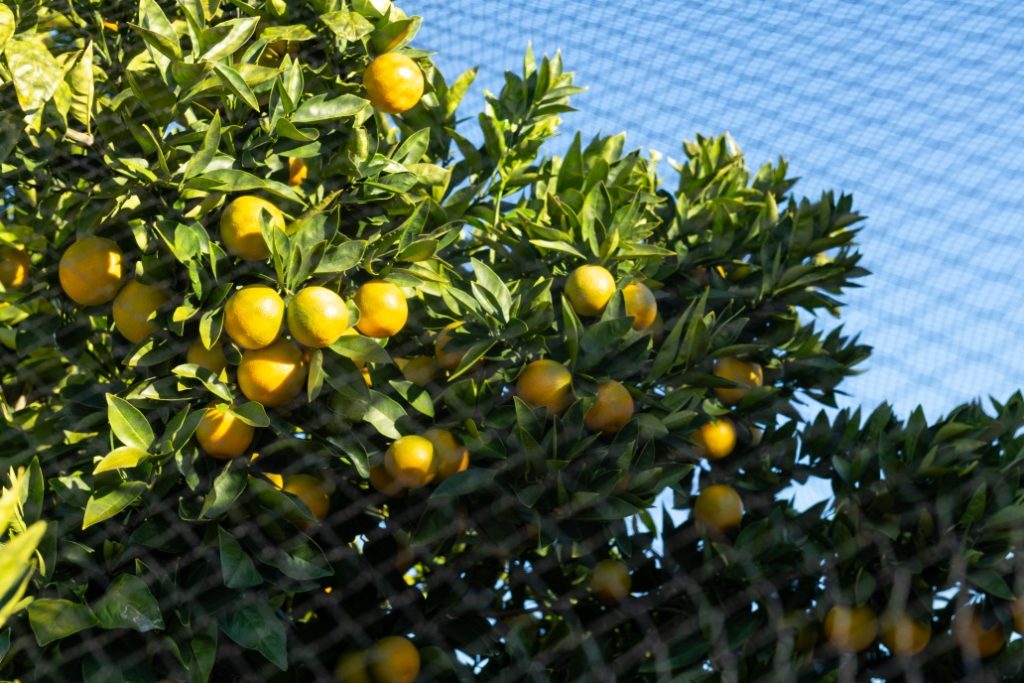
Wind pollinated plants often produce pollen which can travel great distances on the breeze, so they may need to be kept at quite a distance from each other to get true to type seeds.
However, the effectiveness of isolation by distance can sometimes be increased by densely planting an area between two varieties of the same species which can cross pollinate.
This will help to trap wind-blown pollen.

In home gardens, the great distances involved in reducing the chances of cross pollination to an acceptable level are usually too great to consider as an effective solution.
Therefore, there are usually only two options for people who want to prevent cross-pollination and collect seeds from insect or wind-pollinated plants.
The first option is to grow only one variety of crops prone to cross pollination in your garden in a particular year.
While there is still a risk of cross-pollination from neighbouring gardens or gardens in the wider community, this will be far less common than when multiple varieties are grown in the same garden space.
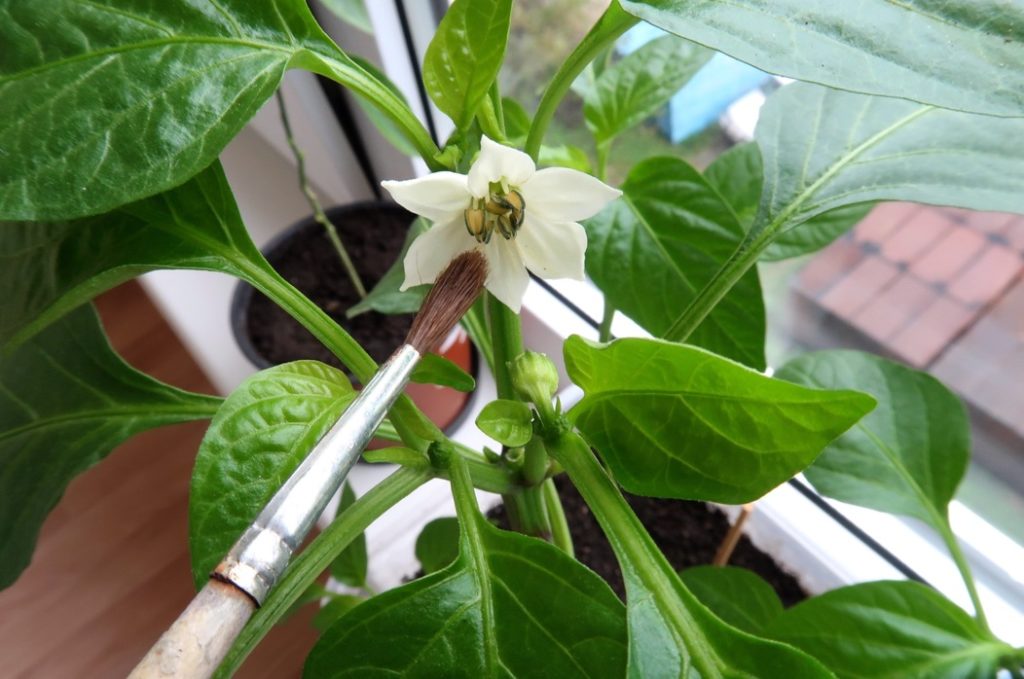
Usually, however, gardeners will want to grow a wide diversity of different cultivars in their gardens.
When they wish to save seeds, therefore, creating physical barriers to prevent cross-pollination is the only surefire option to make sure that certain varieties come true to type from seed.
Gardens will usually pollinate by hand by taking a small paintbrush or similar and swirling it inside one flower before transferring the pollen to another plant of the same variety and species.
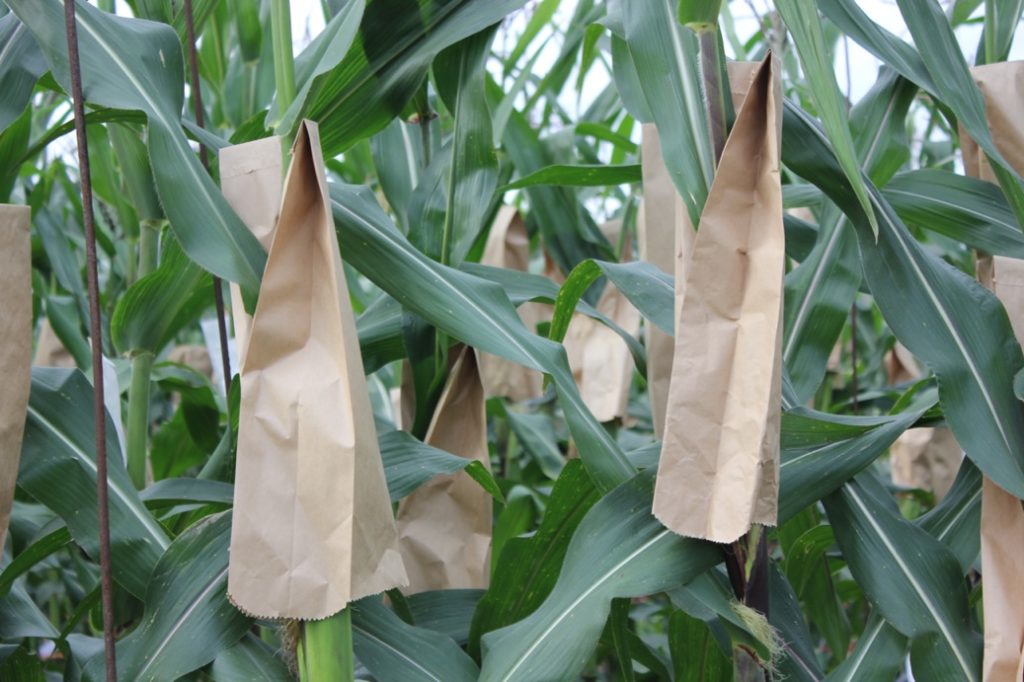
They will then cover the flower with a paper bag and secure the bag in place with twine.
Plastic bags should not be used as this can trap heat around the developing seed pod and kill the seeds inside.
By isolating the flowers of species which can be cross-pollinated, gardeners can ensure that they can collect seeds from those flowers which will come true to type the following year.
References
- 1cross pollination. (2023). In Cambridge Dictionary. Retrieved March 14, 2023, from https://dictionary.cambridge.org/dictionary/english/cross-pollination
- 2How to be a gardener. (n.d.). BBC. Retrieved March 14, 2023, from https://www.bbc.co.uk/gardening/htbg/module2/plant_names2.shtml
- 3Waddington, E. (2022, July 25). Beginner’s Pollination Process Guide. Polytunnel Gardening. Retrieved March 14, 2023, from https://blog.firsttunnels.co.uk/the-pollination-process/
- 4Pollination. (2023, March 3). Encyclopedia Britannica. Retrieved March 14, 2023, from https://www.britannica.com/science/pollination/Mechanisms-that-prevent-self-pollination
